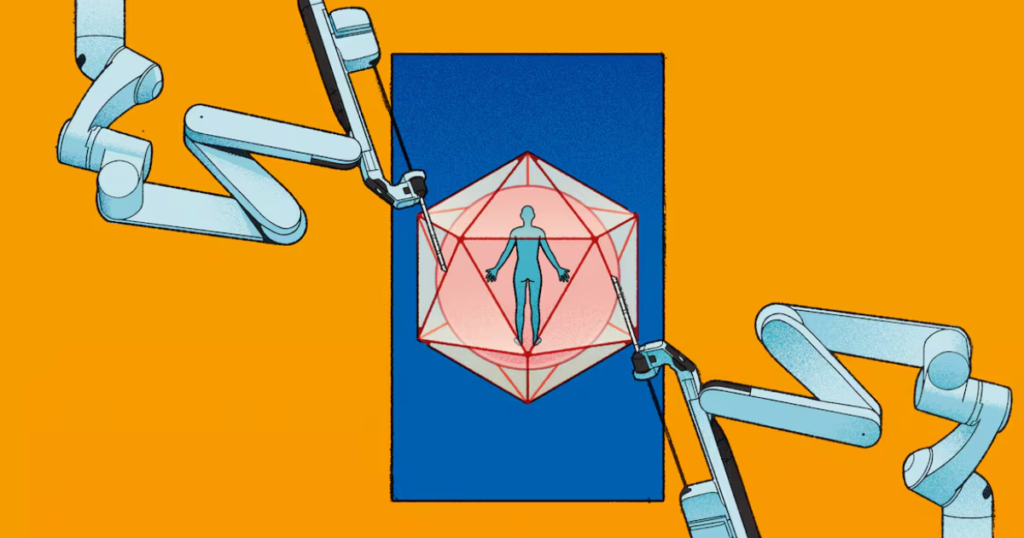Introduction
Throughout history, countless medical discoveries have transformed human health, eradicating diseases, extending lifespans, and improving quality of life. However, not all breakthroughs have made it into widespread use. Many promising treatments and cures have been forgotten due to political, financial, or scientific barriers. This article explores some of the most significant medical breakthroughs that were lost to history and how they could have changed the world.
The Cancer-Fighting Potential of Hydrazine Sulfate
In the 1970s, researchers discovered that hydrazine sulfate, a chemical compound, showed potential in inhibiting cancer growth by disrupting the tumor’s ability to metabolize glucose. Dr. Joseph Gold, one of its main proponents, conducted studies suggesting that the compound could slow the progression of cancer and improve patients’ quality of life. However, due to skepticism from the medical establishment, conflicts with the pharmaceutical industry, and inconsistent study results, hydrazine sulfate never gained widespread acceptance.
Royal Rife’s Frequency Therapy
In the early 20th century, Royal Raymond Rife developed a microscope capable of observing live viruses, a groundbreaking achievement at the time. He proposed that specific radio frequencies could destroy pathogens, including cancer cells. Rife claimed to have successfully treated patients, but his research was dismissed by mainstream medicine, and his laboratory was mysteriously destroyed. Some believe his work could have led to revolutionary non-invasive cancer treatments.
The Lost Antibiotic: Salvarsan
Before the discovery of penicillin, Salvarsan was one of the first antimicrobial drugs used to treat syphilis in the early 1900s. Developed by Paul Ehrlich, this arsenic-based compound was a major breakthrough. However, after the advent of penicillin, Salvarsan was largely abandoned despite its effectiveness against certain antibiotic-resistant infections. With antibiotic resistance now a growing global threat, researchers are revisiting some of these early compounds for potential new treatments.
The Banned Miracle Drug: Laetrile
Laetrile, derived from amygdalin, a substance found in apricot seeds, was once promoted as a natural cancer treatment. Advocates claimed that it could selectively target cancer cells while leaving healthy ones unharmed. However, medical authorities dismissed these claims due to a lack of conclusive scientific evidence and concerns over its cyanide content. Despite its ban in many countries, alternative medicine communities continue to research its potential.
The Case of Dr. Stanislaw Burzynski’s Antineoplastons
Dr. Stanislaw Burzynski developed antineoplastons, a set of naturally occurring peptides, as a potential treatment for various cancers. His research suggested that these compounds could help reprogram cancer cells to function normally. However, despite anecdotal success stories, his treatments faced significant regulatory roadblocks and legal battles, preventing them from becoming mainstream.

The Forgotten Tuberculosis Vaccine: The SR Vaccine
Tuberculosis (TB) was once a leading cause of death worldwide. While the BCG vaccine is still in use today, another promising TB vaccine, the SR vaccine, developed in the mid-20th century, showed better efficacy in some trials. However, political and financial hurdles prevented its widespread adoption, and it eventually faded from the medical landscape.
The Disappearance of Dr. William Koch’s Glyoxylide Therapy
Dr. William Frederick Koch developed a controversial treatment known as glyoxylide, a compound he claimed could detoxify the body and cure diseases like cancer and polio. His work gained attention in the 1930s, but the medical establishment dismissed it as unproven. Koch was later forced to stop practicing, and his research was largely lost.
Forgotten Herbal Remedies
Many traditional and herbal medicines that once showed potential for treating diseases have been overlooked in favor of synthetic pharmaceuticals. For example, the Madagascar periwinkle, which led to chemotherapy drugs for leukemia, was almost ignored before its benefits were scientifically proven. Countless other plants with medicinal properties may still be waiting to be rediscovered.
Conclusion
Medical history is filled with discoveries that, for various reasons, never reached their full potential. Whether due to financial interests, regulatory barriers, or scientific controversies, many promising treatments remain forgotten. As technology and research methods advance, revisiting these lost cures could provide valuable insights and new hope for patients worldwide.
